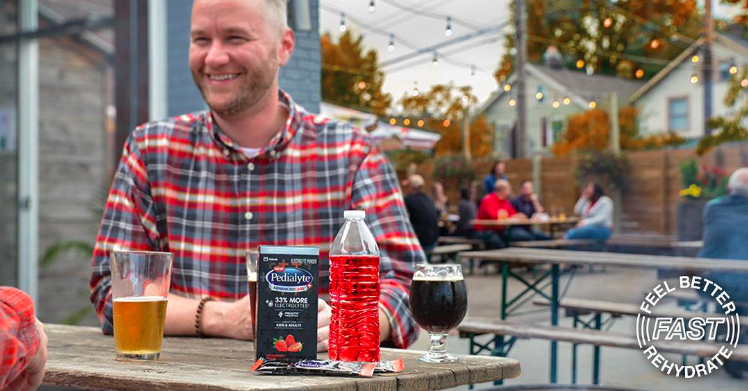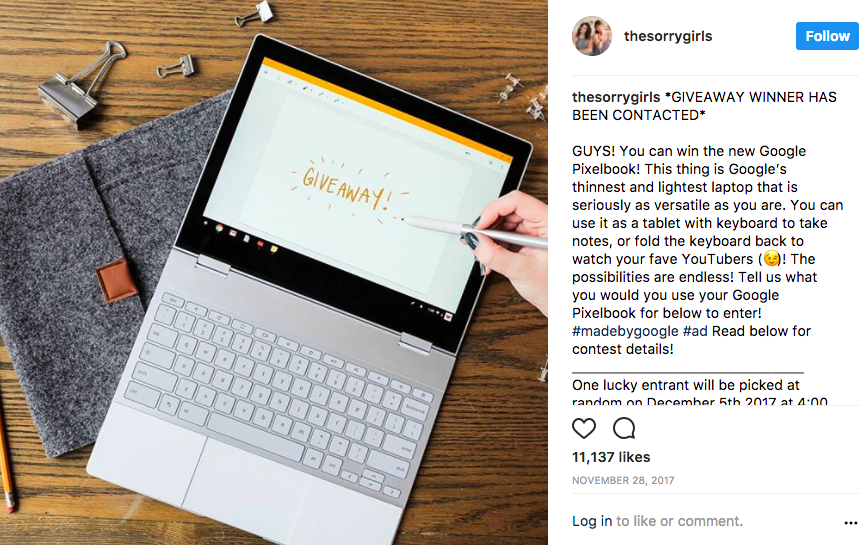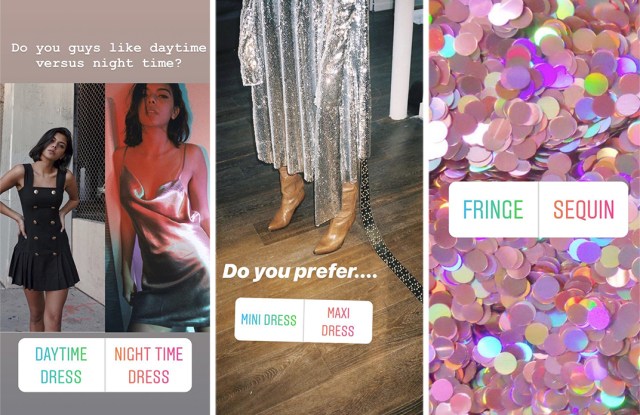2018’s Largest Micro-Influencer Campaigns
Business
2018’s Largest Micro-Influencer Campaigns
As we quickly approach a new year – and what is sure to be the year of the nanoinfluencer, we thought it only fitting to take a look back at the year of the micro-influencer. This year an increasing number of brands chose to abandon celebrity endorsements in favor of more authentic, focused partnerships with micro-influencers and witnessed through-the-roof engagement rates. While it’s easy to look at the numbers and select the most successful campaigns in terms of reach and engagement, we also wanted to highlight brands who utilized micro-influencers in a unique and innovative way. As such, we’ve decided to highlight five standout campaigns that improved brand awareness, promoted new products, and/or capitalized on current events through successful partnerships with micro-influencers.
1. Pedialyte: The hangover-curative powers of Pedialyte have been coveted by college students across America for quite some time, but it took a while for the brand itself to catch on. In 2015, the children’s beverage brand finally decided to capitalize on its unintended popularity and launched an influencer marketing campaign aimed at partygoers. Yet, despite having the support of mega-celebrities like Pharrell Williams, Pedialyte chose to activate micro-influencers with 1,000 followers or less. The chosen influencers were sent to 144 music festivals and sporting events armed with an interactive campaign #SeeTheLyte. The campaign was wildly successful in promoting its brand to a subset of consumers that they had never targeted before and subsequently increased adult sales of the beverage from 33% to over 50%.

2. Google’s Pixelbook: It’s pretty telling that a mega-company like Google has recognized and harnessed the power of micro-influencers. Despite having an abundance of resources and the ability to partner with celebrities, Google chose to partner with the micro-influencers behind the DIY Instagram page @thesorrygirls to promote the launch of its new Pixelbook. This partnership (and Google Pixelbook giveaway) helped Google reach “a highly targeted artistic community” that they knew would appreciate the drawing capabilities of its new product. The results were phenomenal, as a single post amassed over 11,000 likes, nearly 8,000 comments, and an engagement rate of 59.4%.

3. Johnnie Walker: Johnnie Walker is no stranger to influencer marketing. Since 2016, they’ve been involved with over 1000 social media influencers. Recently, they made a conscious decision to invest in micro-influencers over macro-influencers as they aimed to position their brand as a political playmaker. The campaign #keepwalkingamerica was specifically designed to demonstrate the brand’s commitment to progressive marketing and activism through spotlighting gender equality, cultural progression, and diversity across America. The most successful posts of the campaign were overwhelmingly run by women (with largely female followings), demonstrating the brand’s success in targeting women -- the often overlooked 29% of scotch buyers.

4. Hinge: If you’re single, chances are you’ve heard of (or let’s be honest, used) Hinge or one of its many competitors (think: Tinder, OkCupid, and eHarmony). However, unlike its competitors, Hinge made the calculated decision to abandon the ‘hook up culture’ made popular by Tinder and rebrand itself as the ‘The Relationship App’. They redesigned the app and activated social media influencers to build brand awareness and share their new look. While Hinge did partner with a few macro-influencers, they more noticeably partnered with several micro-influencers who shared their tongue-in-cheek attitude towards online dating. The influencers were allowed to direct their own creative in the form of humorous memes that spoke to their unique subset of followers. These partnerships boosted online engagement, comments, followers, and mentions which helped differentiate the once-struggling brand from its many competitors.

5. H&M: This year, Nyden, H&M’s E-Commerce fashion brand enlisted nine micro-influencers with between 10,000 to 125,000 followers to ask specific fashion questions over a two-week period. The campaign aimed to take the guesswork out of designing a new line that consumers would love. Through partnering with influencers and their followers, Nyden created an excited buzz around their new line as followers anxiously awaited how their input would be implemented. The campaign was viewed 425,000 times and received over 35,000 poll responses, which helped to shape an innovative collection made for the consumer by the consumers. The participatory nature of the campaign created a heavily invested subset of followers – simply because they were asked to be involved.

The goal of influencer campaigns is always different. Some are meant to evoke emotion, some tell a story, and others are focused purely on driving traffic. While numbers are the easiest way to identify a successful campaign, shifting the narrative of a brand is of equal importance. The campaigns above pushed the boundaries of influencer marketing by focusing on those with small numbers and targeted demographics – and each was successful in its own right. As 2019 approaches and brands launch new campaigns with even smaller influencers, the results are likely to be even more substantial – and we for one can’t wait to be a part of that.